PDF-Deaths during or following police contactStatistics for England and Wa
Author : skylar | Published Date : 2021-10-01
Kerry Grace led the production and analysis of this report with support from Melanie O146Connor and Ed Stevens in the research team at the Independent Ox006600660069ce
Presentation Embed Code
Download Presentation
Download Presentation The PPT/PDF document "Deaths during or following police contac..." is the property of its rightful owner. Permission is granted to download and print the materials on this website for personal, non-commercial use only, and to display it on your personal computer provided you do not modify the materials and that you retain all copyright notices contained in the materials. By downloading content from our website, you accept the terms of this agreement.
Deaths during or following police contactStatistics for England and Wa: Transcript
Download Rules Of Document
"Deaths during or following police contactStatistics for England and Wa"The content belongs to its owner. You may download and print it for personal use, without modification, and keep all copyright notices. By downloading, you agree to these terms.
Related Documents

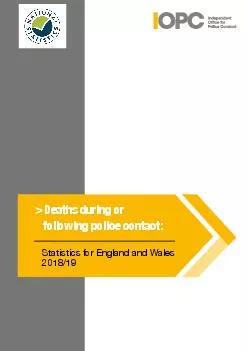
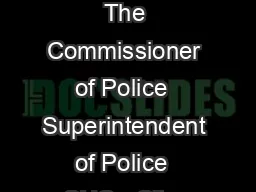
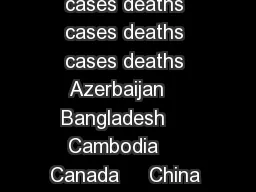
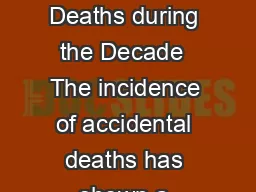

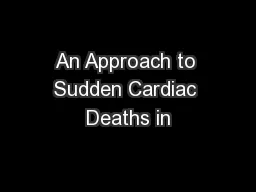

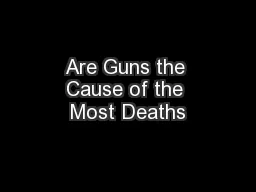
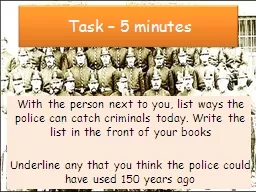
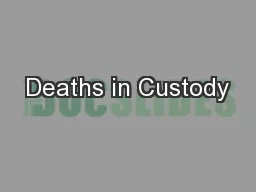
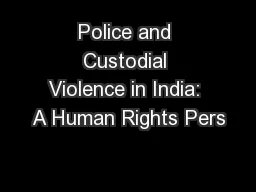
![POLICE PENSIONS Police Pension Scheme [PPS] 1987](https://thumbs.docslides.com/642608/police-pensions-police-pension-scheme-pps-1987.jpg)

